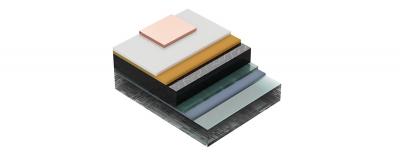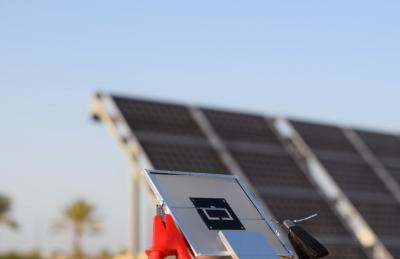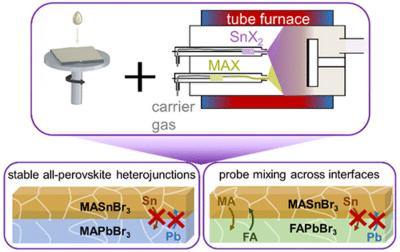Researchers make key advance in printing circuitry using perovskite ink on wearable fabrics
Oregon State University researchers have designed a perovskite-based way to inkjet-print circuitry, in a precise manner and at low processing temperatures, directly onto cloth.
"Much effort has gone into integrating sensors, displays, power sources and logic circuits into various fabrics for the creation of wearable, electronic textiles," said Chih-Hung Chang, professor of chemical engineering at Oregon State. "One hurdle is that fabricating rigid devices on cloth, which has a surface that's both porous and non-uniform, is tedious and expensive, requiring a lot of heat and energy, and is hard to scale up. And first putting the devices onto something solid, and then putting that solid substrate onto fabric, is problematic too - it limits the flexibility and wearability of the fabric and also can necessitate cumbersome changes to the fabric manufacturing process itself."




